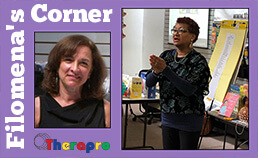
Cleopatra Knight-Wilkins, OTD, MED, OTR/L presented a joyful April Saturday Seminar at Therapro headquarters entitled: Rhythm of the Words: Integrating Multicultural Songs & Games with Occupational Therapy to Promote Literacy. Attendees were up on their feet, moving, clapping and singing for most of the two hour seminar. Dr. Knight-Wilkins led the attendees in activities that engaged their sensory systems. She discussed how the songs and games can be used as part of the therapeutic process as well as how they can be used to target educational goals.
Cleopatra’s rich and extensive experience as an occupational therapist, educator, and performing artist has fueled her passion for integrating musical elements with occupational therapy modalities by using multicultural songs, games, and movement patterns to address the occupation of literacy. Currently, she is in the process of publishing her research-based, multi-media curriculum resource guide entitled Rhythm of the Words: Integrating Multicultural Songs & Games with Occupational Therapy to Improve Literacy. She presented a poster session at the AOTA Annual Conference in New Orleans earlier this month on this topic.
AOTA advocates for the role of occupational therapists in supporting literacy. Research indicates that movement and music improve literacy development. Cleopatra cited a number of interesting studies that demonstrate that isolated handclapping songs result in improved motor and cognitive skills. One particular study that examined training classroom handclapping songs versus participation in music appreciation classes found that training handclapping songs was more efficient in developing literacy skills in 2nd and 3rd grade children than was participation in music appreciation classes.
Attendees formed small and large groups to participate in ‘warm up’ activities, games that involve imitation and chanting, and musical play with graded complexity of movements. Favorites included “Head ‘N Shoulders Baby” played with a partner clapping in various patterns, and “Button You Must Wander,” where a button is passed secretly around a circle while “It” sits in the center of the circle and must guess who has the button. In addition to games and chants, Cleopatra recommended musical CDs such as Make a Sound and Move Around, Simplified Rhythm Stick Activities, and Songames for Sensory Processing. Using Gertie Balls to bounce, catch, and throw to a rhythm, chant, or song can address visual motor, fine motor, and timing skills.
Dr. Knight-Wilkins was an engaging presenter who demonstrated that music, rhythm and movement offer a unique, evidence-based approach to improving language literacy in children of all ages and abilities.
Take a look at some comments from attendees:
“Enjoyed the ‘occupation’ of children reminder! Could implement activities for a whole group and at individual desks.” – Adriana M,, Occupational Therapist
“Something different but very relevant to school-based practice, especially when many schools now have lost funding for music programs.” – Jennifer C., Occupational Therapist
“Cleo was lovely & entertaining. Very knowledgeable. Different perspective on the regular teaching method.” – Anonymous, Occupational Therapist
“Movement to songs was wonderful – I can see how my students would enjoy it. Reminds me that I want to put music/rhythm in my sessions more often.” – Janet L., Occupational Therapist
Thank you, Cleopatra!
Filomena Connor, MS, OTR/L
April 13, 2019

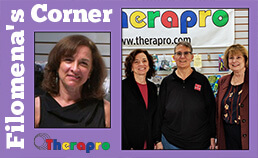
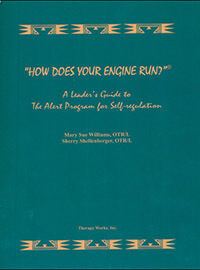
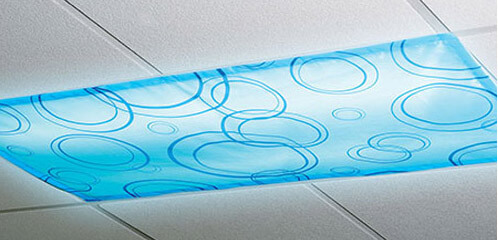

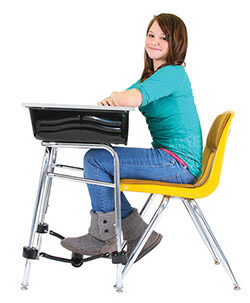
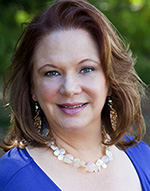 Cathy Collyer, OTR, LMT has treated children with neurological, orthopedic and sensory processing disorders for over 20 years. She is the author of The Practical Guide To Toilet Training Your Child With Low Muscle Tone.
Cathy Collyer, OTR, LMT has treated children with neurological, orthopedic and sensory processing disorders for over 20 years. She is the author of The Practical Guide To Toilet Training Your Child With Low Muscle Tone.